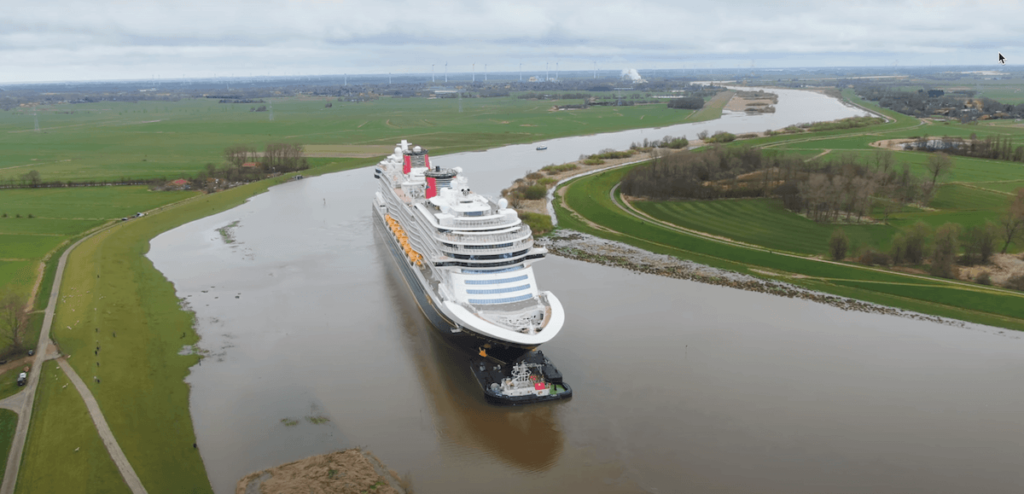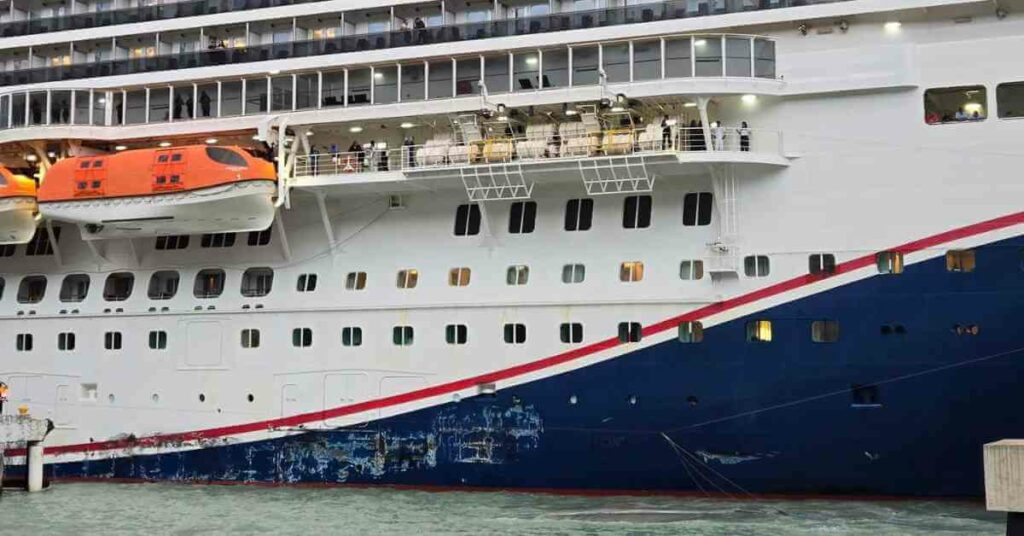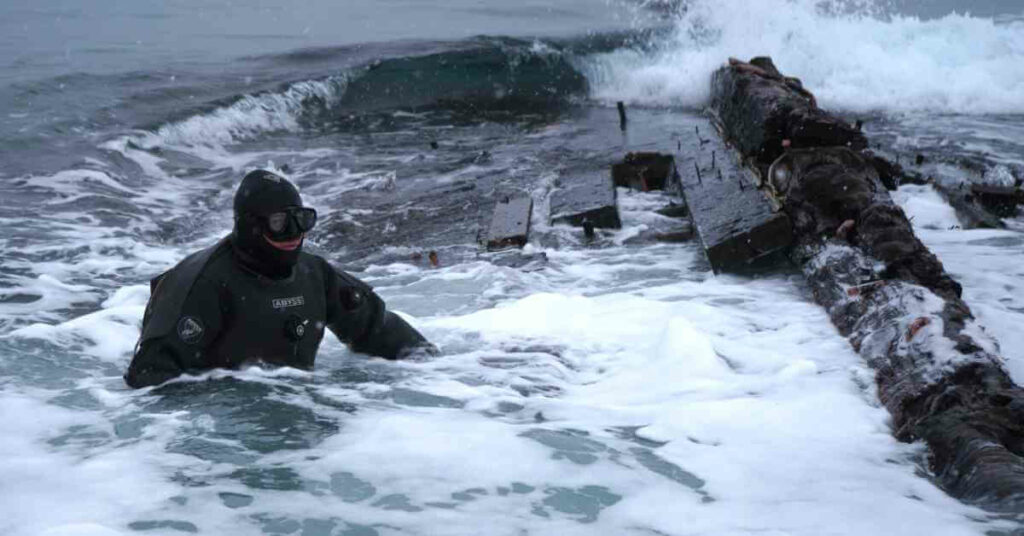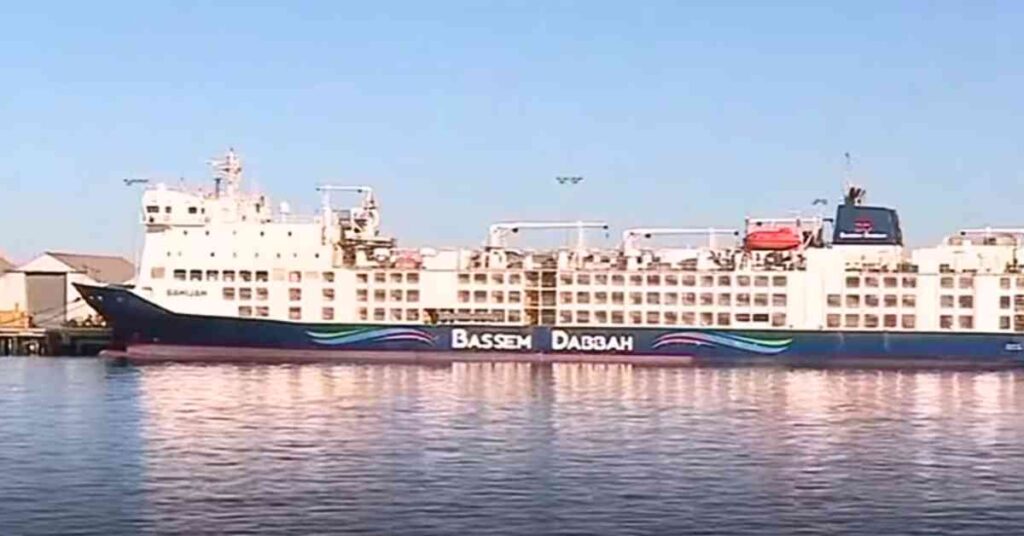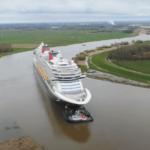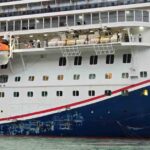World’s First Electric Flying Passenger Ship Set To Enter Mass Production
A 30-passenger hydrofoil ferryboat is going into mass production in preparation for its debut in the Stockholm transit network next year.
It’s the world’s only electric flying passenger vessel, and it recently passed all testing with flying colours, much to Candela Technology’s satisfaction.
Video Credit: Candela Boats
Candela P-12 verified its top speed of 30 knots during its initial flights, an all-time high for electric passenger ferries. It was also the very first electric ship with the practical endurance to handle most coastal transit demands, with a range of as much as fifty nautical miles.
Tests also proved the P-12’s little wake, which allows for exemption from speed limits because it will not erode coastlines or harm docks and moored vessels at full speed.
According to firm president Gustav Hasselskog, the P-12 will allow these waterways to be used as green highways, allowing for quick intra-city connections. It will transform how we travel on water, whether it is for public transportation fleets, VIP offerings, or private clients.
To raise the hull above water friction, the P-12 incorporates computer-guided hydrofoils. The Candela P-12 uses 80% less energy than standard high-speed vessels while travelling at speeds of more than 18 knots on its foils.
This breakthrough overcomes the issues that have hampered the broad adoption of electric, swift vessels to date: restricted range and poor speeds due to conventional hulls’ exorbitant energy consumption.
The 30-seat Shuttle model of the P-12 costs €1.7 million, which is comparable to the price of similar-sized ICE vessels and substantially less than other electric vehicles.
Once into service, operators can anticipate saving up to 90% on ‘fuel’ expenditures when compared with diesel vessels. The C-POD motors need no maintenance, and the vessel is built for single-crew operation, reducing expenses even further.
Overall, the P-12 is intended to reduce expenditures per passenger kilometre by as much as 50%, providing an operational per-passenger economy comparable to that of a hybrid electric bus.
Reference: Good News
Do you have info to share with us ? Suggest a correction
About Author
Marine Insight News Network is a premier source for up-to-date, comprehensive, and insightful coverage of the maritime industry. Dedicated to offering the latest news, trends, and analyses in shipping, marine technology, regulations, and global maritime affairs, Marine Insight News Network prides itself on delivering accurate, engaging, and relevant information.

About Author
Marine Insight News Network is a premier source for up-to-date, comprehensive, and insightful coverage of the maritime industry. Dedicated to offering the latest news, trends, and analyses in shipping, marine technology, regulations, and global maritime affairs, Marine Insight News Network prides itself on delivering accurate, engaging, and relevant information.
Latest Videos Articles You Would Like:
- Watch: Giant Disney Cruise Ship Maneuvers Through Impossibly Narrow River
- Cruise Ship Damaged Due To Severe Weather, Passengers Stuck Abroad
- Archaeologists Examine 19th-Century Shipwreck Found On Canadian Coast
- Australia Stops Livestock Ship From Sailing Around Africa To Israel Amidst Houthi Attacks
- Iran Warns U.S. Of Targeting Cargo Ships Following Latest Airstrikes On Houthis
- Watch: Ukrainian Forces Destroy Russian Missile Boat In Black Sea Operation
Daily Maritime News, Straight To Your Inbox
Sign Up To Get Daily Newsletters
Join over 60k+ people who read our daily newsletters
By subscribing, you agree to our Privacy Policy and may receive occasional deal communications; you can unsubscribe anytime.



